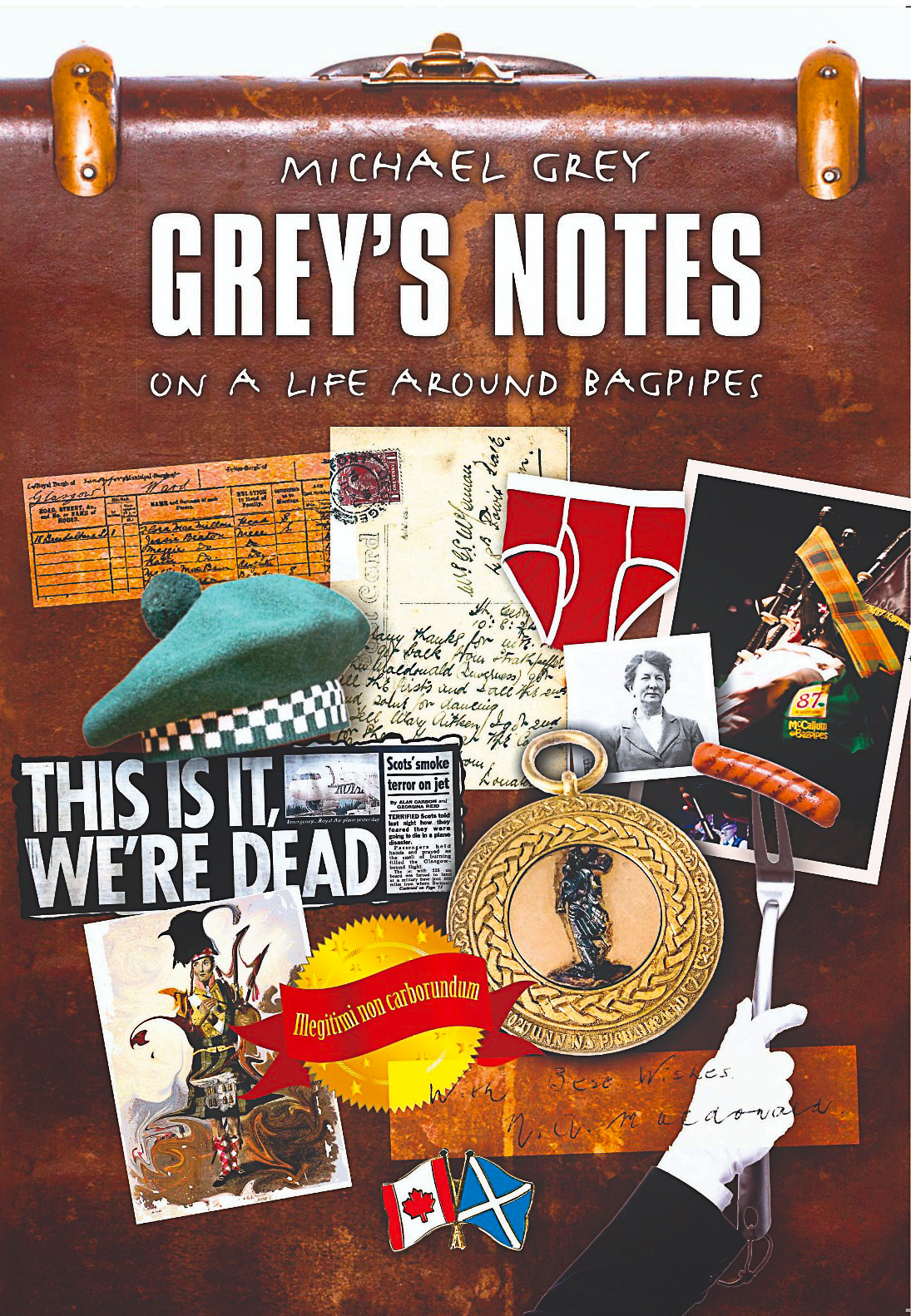Cane Drone Reeds: Are You Able?
June 1, 2007 on 10:30 am by Michael Grey | In Tips | Comments Off on Cane Drone Reeds: Are You Able?The trend with some bands to play cane drone reeds (or say they are playing cane drone reeds) seems a natural thing in more ways than one. Cane reeds seem enviro-friendly. Like paper coffee cups, tap water and one-ply toilet paper, they’re green. They’re part of the zeitgeist.  Let’s all play cane!Â
I don’t really get the trend myself.  Â
Where synthetic drones reeds freed up countless (countless!) hours from a piper’s practice time, cane represented small wax-tipped tubes of frustration - gurgling, squealing, unsteady tubes of frustration.  Cane reeds take real skill, understanding and experience to achieve a high, sustainable level of performance. Much more than a synthetic reed.
Yes, a pipe well set-up (and well-tuned) with cane reeds is beautiful – as with a pipe with synthetic reeds. Yes, there exist in this world cane reeds that “go” right away, though, I’d suggest more rare than a 100 gram truffle.
It strikes me a huge part of the world’s pipers have never played cane drone reeds. With this in mind here’s a few pointers (from a list that might be very long)  to help make your cane experience less miserable.  Â
First, new items for your pipe box:
Sealing wax, matches, cobbler’s wax, intravenous (IV) tubing (assuming you already stock an X-acto blade, fine sandpaper and a reliable good luck charm).
A few starters for selecting cane drone reeds:
Appearance: cane reeds may be “green” but you don’t want green; light-brown wood; smooth - no rough, fibrous feel; a nice speckled trout appearance at some part of the reed is good.  The blade should be clean-cut, no fibres peeking through blade. Hold the reed eye level: it should be straight, not banana shaped. Nice hard wood is an indicator of longevity: pinch the open end between thumb and forefinger, there should be no “give” – and definitely no break (or you likely just bought the reed). The closed end should have a wax seal. Don’t worry about the bridle – you’ll have to remake one anyway.
Sound:
A nice high-pitched squeal.  The blade will stop vibrating when blown hard – this is good. While you can to some extent tune the reeds to match you will need to align the tenor reeds in both size and sound (the two are connected). Â
Firing them up:
Lightly roll the reed in the palms of your hand for 10 seconds – just like you were making a plasticine snake. This may be more ritual than anything but it warms the fibres and coaxes the bastards into making a sound. The bridle will probably need replacing. Since there is a “blowing-in” or adjustment period (usually about 2-6 hours of playing) you  might consider a temporary flexible bridle like a dental elastic or a 5 mm section of IV tubing. The IV tubing may prove more than temporary, I found it stayed in place and did not move (unlike elastics) so allowed stability. You may find other rubbery materials work. Just make sure your bridle stays in place. Otherwise, the reed will never (ever)stay in tune.
A hair from yer heid – or an especially friendly friend should you be in need – will work wonders to get the blade moving. Slip the hair below the blade just short of the bridle.
And on you go – with fingers crossed (but no crossed fingers).
This note is already too long – tips another time for dealing with double-toning, squealing and gunky seasoning-covered messes.
Cane drones reeds – a nice metaphor for the bagpipes: you either love them or hate them.
M.
                    Â
No Comments yet
Sorry, the comment form is closed at this time.
Dunaber is using WordPress customized and designed by Yoann Le Goff from A Eneb Productions.
 Entries and comments
feeds.
Valid XHTML and CSS.
Entries and comments
feeds.
Valid XHTML and CSS.


